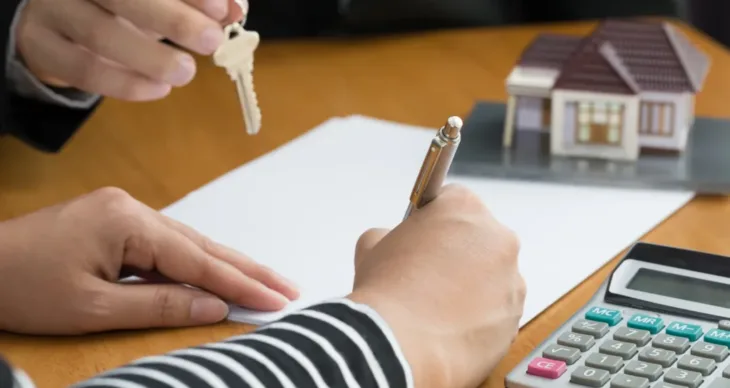Rising housing costs may be your reason for researching housing assistance, as the recent market fluctuation increased the housing demand and purchase prices. According to the U.S. Census Bureau and U.S. Department of Housing and Urban Development (HUD), the median sales price increased by almost $100,000 in the last two years.
Although first time home buyer grants could save you some money, you may need other financing to pay for a home. Lenders, like banks and credit unions, provide home loans so you can pay in increments. However, you must meet the loan’s and lender’s requirements to get a home mortgage.
Your credit history can influence whether you qualify for the best mortgage rates, low down payment requirements, and affordable payments. Your ability to be a homeowner often depends on your ability to get a home loan.
Mortgage requirements typically reference the following:
· A down payment is how much you must pay at the time of the sale, which is a percentage of the purchase price. The standard was 20%, but most government loans have much lower rates like 0, 3, and 3.5%. Certain loans do not require a down payment.
· The interest rate is how much the lender will charge you for the loan, which is also a percentage.
· Your creditworthiness is how the lenders assess your financial riskiness based on your credit score and history
· Your financial capacity is how you are able to repay the loan, including your income, employment, and work history, as well as your debt-to-income ratio.
While the down payment is much less than the purchase price, the average prospective buyer takes about seven years to save for a down payment. A lower down payment requirement means less time saving and more time in your new home.
Fortunately, government-insured loans have more lenient requirements and favorable terms. The following government agencies insure loans against defaults, so lenders can offer lower rates and easier-to-meet requirements:
· The Federal Housing Administration backs FHA loans with down payments as low as 3.5%. You need a credit score of at least 580.
· The US Department of Veterans Affairs backs VA loans for veterans and their surviving family members. VA loans do not require a down payment or minimum credit score, but most lenders have a minimum of 580.
· The US Department of Agriculture back USDA loans for moderate- to low-income borrowers. USDA loans do not require a down payment, but there is a credit score minimum of 640.
The government insures Fannie Mae and Freddie Mac loans with federally backed private mortgage groups. Freddie Mac and Fannie Mae low down payment mortgage loans require just 3% of the purchase price. The credit score minimum for these loans is between 620 and 640.
Consider the examples below of minimum down payment amounts by loan type for the median home purchase price of $436,700:
· VA and USDA loan – $0
· FHA loan – $15,285
· Fannie Mae/Freddie Mac – $13,101
You may be able to pay your down payment requirement without any money if you also get one of the following separate mortgages:
· A down-payment assistance loan can cover your financial responsibility at closing, but you will need to repay the loan. A down-payment assistance loan may have a lower interest rate for a shorter period than the mortgage.
· A deferred mortgage can pay the closing costs, and you do not need to repay the sum until you sell, refinance, or leave the home.
Buying a home is expensive, and maintaining it can take a big chunk of your money and time. If homeownership is not in your future, the next rental assistance programs can pay a portion of your monthly rent.
By Admin –
